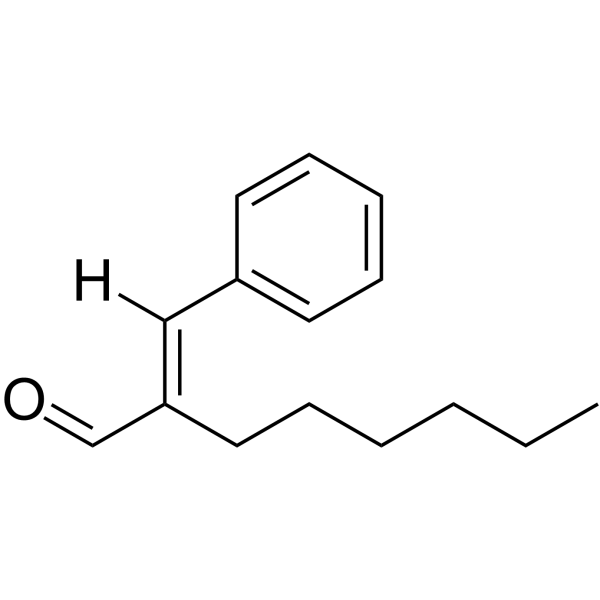The skin sensitization potential of resorcinol: experience with the local lymph node assay.
David A Basketter, David Sanders, Ian R Jowsey
Index: Contact Dermatitis 56(4) , 196-200, (2007)
Full Text: HTML
Abstract
Resorcinol is a simple aromatic chemical (1,3-benzenediol) that has found widespread use, particularly as a coupler in hair dyes. Clinical experience clearly shows that resorcinol is a (albeit uncommon) skin sensitizer. By contrast, predictive methods, both animal and human, have previously failed to identify resorcinol as such. Here, we describe the outcome of a recent local lymph node assay performed in accordance with Organisation for Economic Co-operation and Development guideline 429, which correctly identified resorcinol as a skin sensitizer. Clear evidence of a dose response was apparent, and an EC3 value of approximately 6% was calculated. This suggests that the skin-sensitizing potency of resorcinol is approximately 2 orders of magnitude lower than that of p-phenylenediamine but similar to that of hexyl cinnamic aldehyde. These data show the importance of adherence to test guidelines and aligns the clinical experience with resorcinol with that obtained in predictive animal methods.
Related Compounds
| Structure | Name/CAS No. | Molecular Formula | Articles |
|---|---|---|---|
 |
Hexyl cinnamaldehyde
CAS:101-86-0 |
C15H20O |
|
Natural ingredients based cosmetics. Content of selected fra...
1996-06-01 [Contact Dermatitis 34(6) , 423-6, (1996)] |
|
Evaluation of an ex vivo murine local lymph node assay: mult...
2006-01-01 [J. Appl. Toxicol. 26(4) , 333-40, (2006)] |
|
Patch testing with a new fragrance mix detects additional pa...
2005-04-01 [Contact Dermatitis 52(4) , 207-15, (2005)] |
|
Patch testing with a new fragrance mix - reactivity to the i...
2005-04-01 [Contact Dermatitis 52(4) , 216-25, (2005)] |
|
Comparison of sex differences in guinea-pig maximization tes...
1998-05-01 [J. Toxicol. Sci. 23(2) , 105-11, (1998)] |